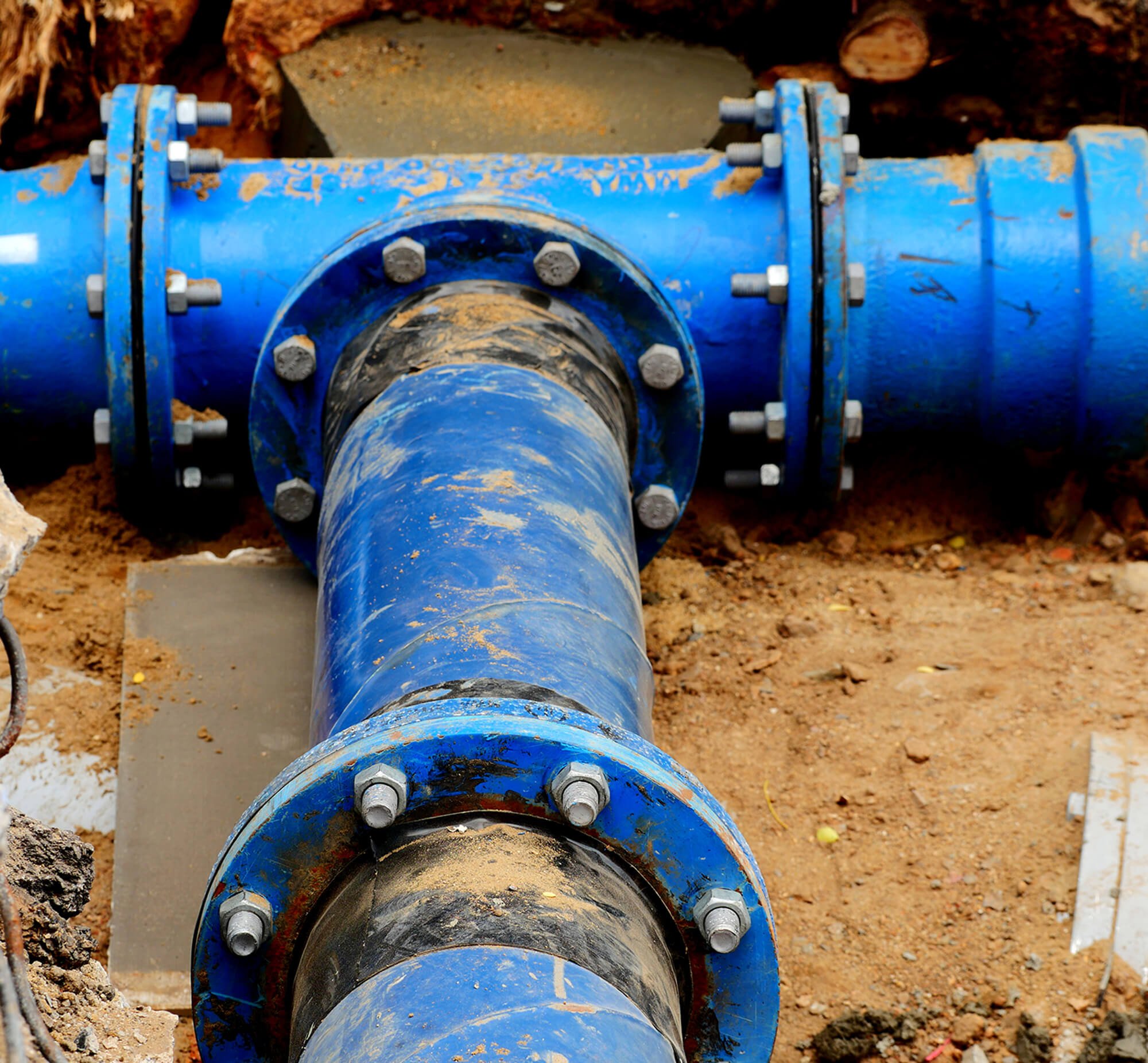What Are the Primary & Secondary Stages of Wastewater Treatment?
There are three main stages of the wastewater treatment process, aptly known as primary, secondary and tertiary water treatment. In some applications, more advanced treatment is required, known as quaternary water treatment. Arvia Technology specialise in advanced tertiary and quaternary wastewater treatment. This article seeks to give an explanation of the primary and secondary stages of wastewater treatrment
